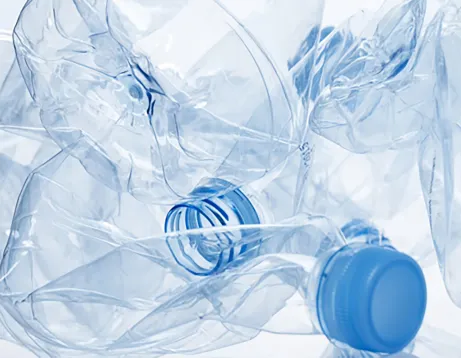Additives Used in Plastic Manufacturing Enhancing Performance and Versatility
In the realm of plastic manufacturing, additives play a critical role in enhancing the properties and performance of plastic products. These substances are intentionally incorporated into plastic formulations to achieve specific characteristics that meet the demands of various applications. With the increasing complexity of consumer needs and industrial requirements, the use of additives has become an integral part of the plastic production process.
One of the main categories of additives used in plastics is stabilizers. These additives are essential for improving the thermal and UV stability of plastics, ensuring that they can withstand extreme environmental conditions without degrading. For instance, ultraviolet stabilizers prevent the breakdown of plastic materials when exposed to sunlight, making them ideal for outdoor applications such as garden furniture and automotive parts.
Fillers also play a vital role in plastic manufacturing. These additives, such as talc, calcium carbonate, and silica, are used to enhance the mechanical properties of plastics, reduce production costs, and improve certain physical properties. Fillers can increase the rigidity of plastics, improve impact resistance, and provide better dimensional stability. Additionally, they can help in achieving a desired texture or appearance, making them indispensable in the production of consumer goods.
additives used in plastic manufacturing

Another important category of additives is plasticizers, which are used to increase the flexibility and workability of plastics. For example, phthalates are commonly used plasticizers that make polyvinyl chloride (PVC) more flexible and easier to mold. This flexibility is crucial for applications such as flexible tubing, inflatable products, and various consumer items.
Colorants and pigments are also significant additives in plastic manufacturing. They are used to impart color to plastic products, allowing manufacturers to meet aesthetic preferences and branding requirements. By controlling the type and concentration of colorants used, manufacturers can produce a wide range of hues and effects, from vibrant colors to subtle shades.
In addition to these categories, there are various other additives such as flame retardants, antioxidant agents, and anti-static agents that further enhance the performance of plastics. Flame retardants, for instance, are crucial in applications where fire safety is a concern, while antioxidants help to prolong the life of plastic products by preventing oxidative degradation.
In conclusion, the use of additives in plastic manufacturing is essential for optimizing the properties and performance of plastic materials. As the industry continues to evolve, the development of new and innovative additives will play a vital role in meeting the challenges of sustainability, functionality, and consumer demand.

